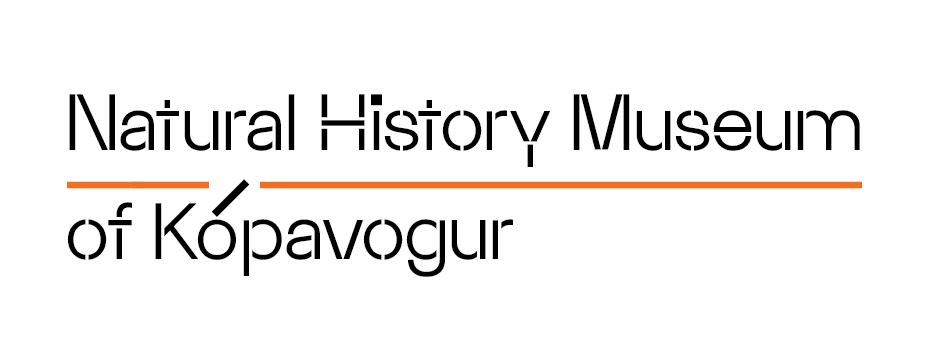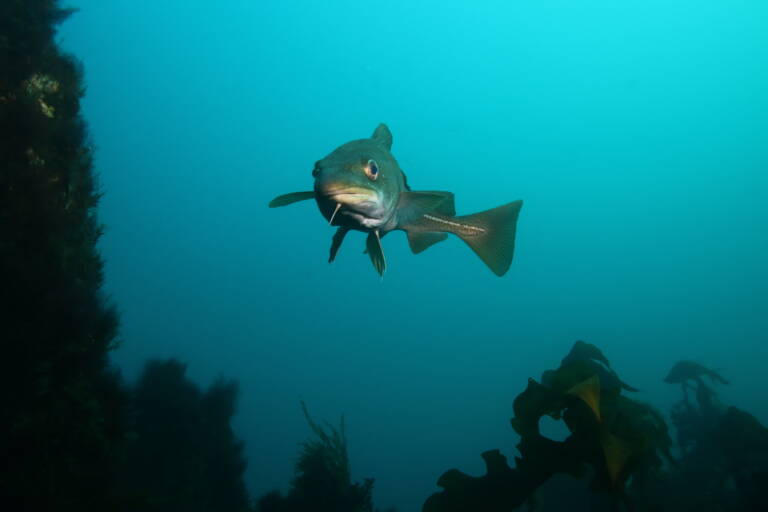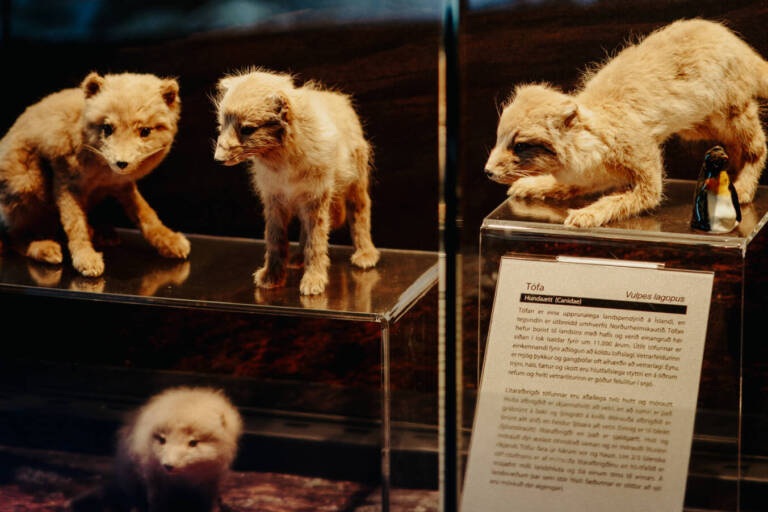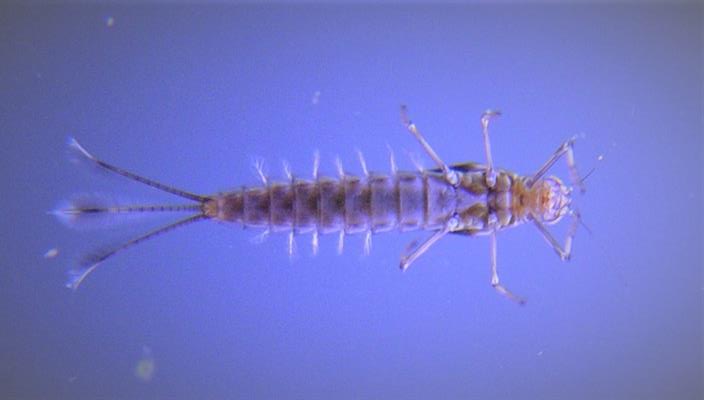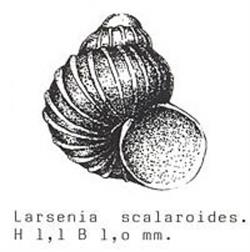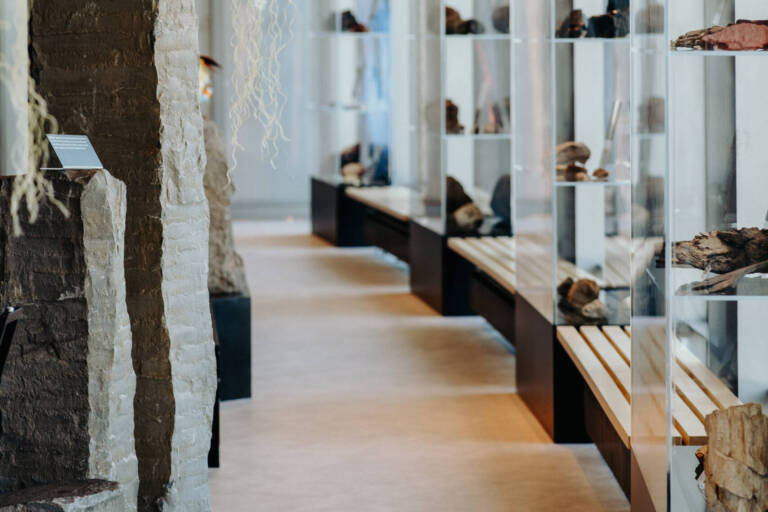The Natural History Museum of Kópavogur is a part of the Kópavogur Cultural Houses. The 600 m2 exhibition area is at the ground floor of the Museum house, which the museum shares with the Kópavogur Public Library.
The museum divides into two categories, geological and zoological. The geological part focuses on the formation of Iceland and the major types of rocks and minerals. The zoological part focuses (with few exceptions) on Icelandic birds, mammals, fish and invertebrates.
Currently the exhibition is closed, but we are very busy making a new and exciting exhibition. Please follow us on instagram and facebook for educatioanl content and progress.
